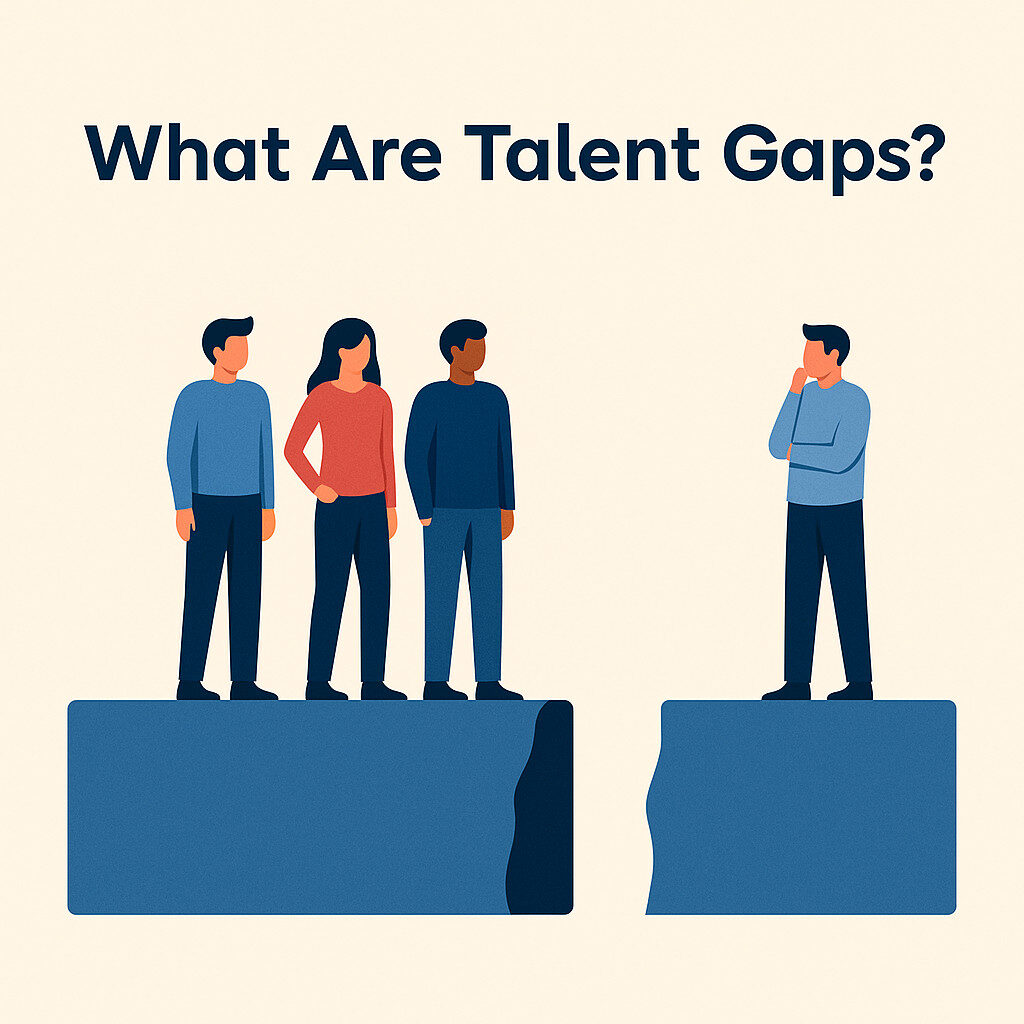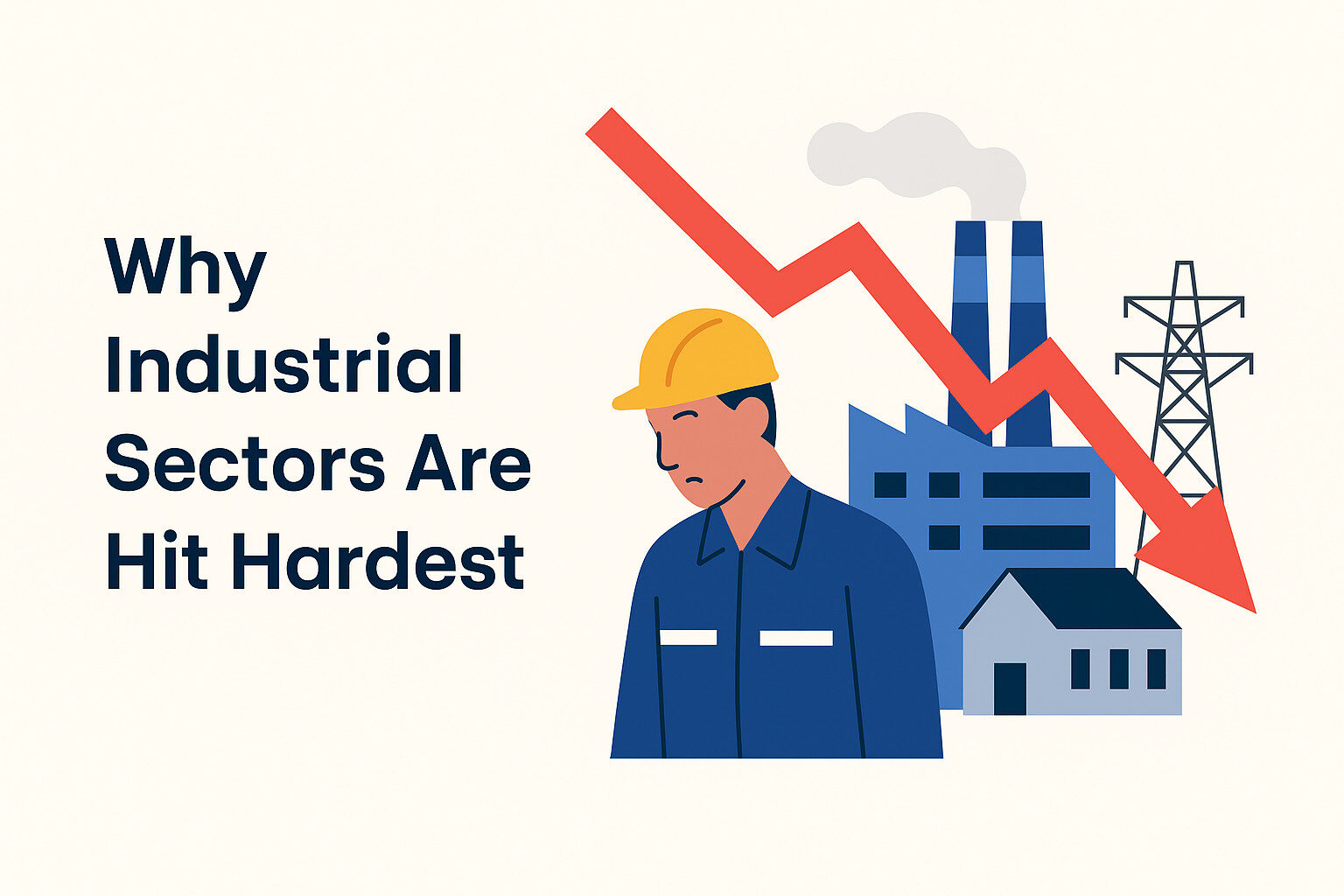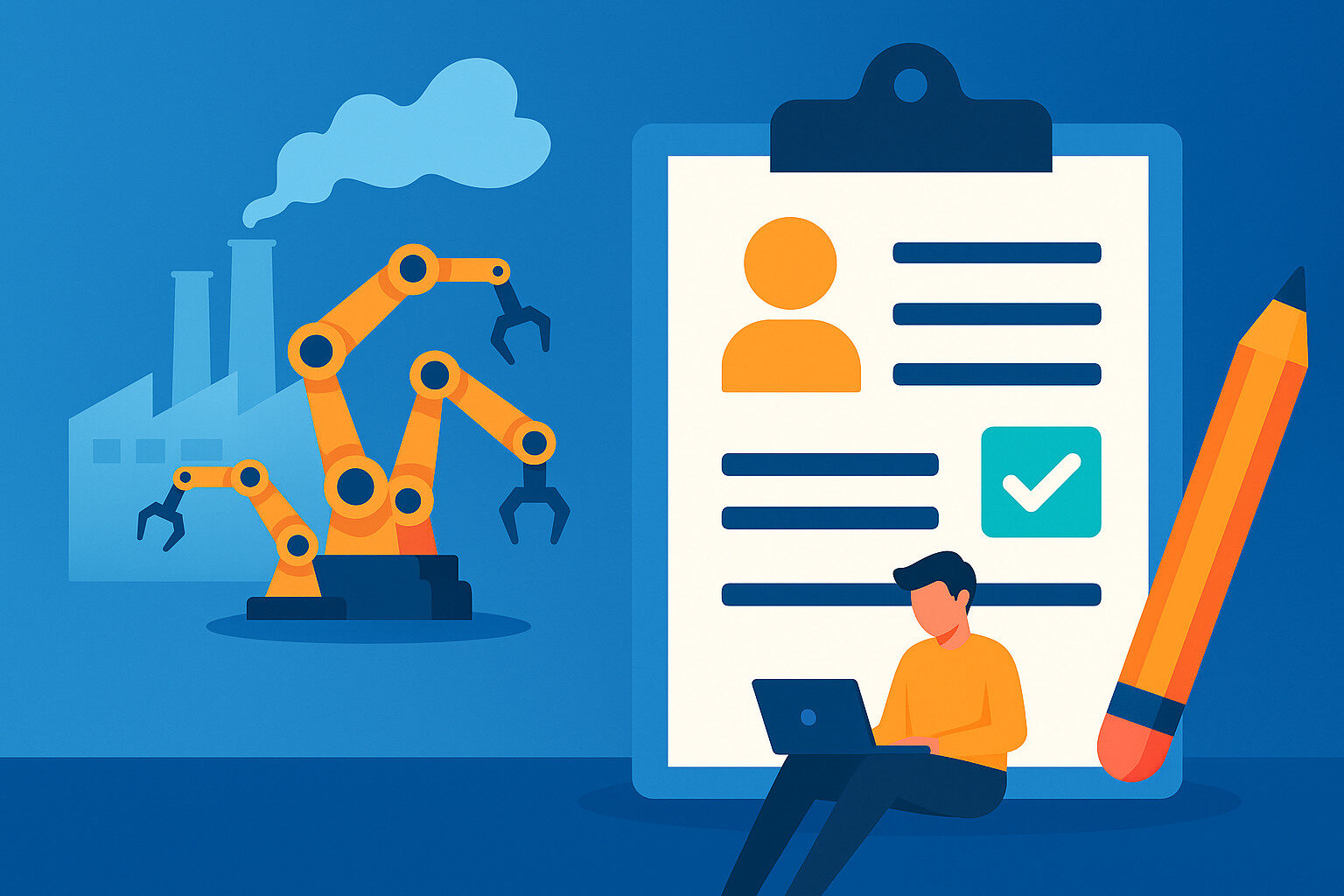Talent Gaps in Industrial Sectors
Talent gaps in industrial sectors are becoming a major concern across the U.S., especially in 2025 as businesses face a critical crossroads. From manufacturing and logistics to energy and construction, businesses are experiencing a widening gap between the talent they have and the talent they need. The consequences are real and measurable: delayed production schedules, declining quality standards, missed growth opportunities, and rising turnover.
According to the National Association of Manufacturers (NAM), over 2.1 million manufacturing jobs in the U.S. could go unfilled by 2030 due to skill shortages. Similar trends are being observed across construction, transportation, and energy sectors.
The message is clear: talent gaps are no longer a future problem. They are a now problem.
This article explores how U.S.-based industrial companies can diagnose and solve talent gaps with a structured, practical, and people-centered approach.
What Are Talent Gaps in Industrial Sectors?

A Talent Gaps in Industrial Sectors exists when there’s a disconnect between the skills and capabilities an organization currently has, and the ones it needs to meet its business goals. These gaps can show up in several ways:
- Roles that remain open for months
- Over-reliance on overtime or contract labor
- High turnover in key technical positions
- Underperformance due to mismatched skills
- Delays in adopting new technologies
Real-World Example: CNC Operators in Midwestern Manufacturing
A Tier-2 automotive supplier in Ohio had six CNC operator vacancies open for over 120 days. Their production floor ran at 70% capacity for two consecutive quarters, leading to $1.3M in delayed shipments. Upon conducting a talent gap audit, they realized the issue wasn’t just lack of talent—it was outdated role definition and low visibility in skilled labor pools.
Why Industrial Sectors Are Hit Hardest

Several forces make industrial sectors particularly vulnerable to talent gaps:
1. Workforce Transition & Skills Continuity
Many skilled trades professionals are approaching retirement, creating potential disruptions in critical operational roles. According to the U.S. Bureau of Labor Statistics (BLS), talent pipelines in manufacturing and industrial sectors are not expanding quickly enough to meet evolving demand. Without proactive succession planning and skills transfer strategies, key positions may remain unfilled, impacting productivity and growth.
2. Digital Disruption
From robotics and IoT to smart energy grids and AI-enabled design tools, industrial sectors are rapidly digitizing. Workers with hybrid skillsets (mechanical + digital) are in short supply.
3. Credential Complexity
Many industrial roles require specific certifications (e.g., OSHA, PMP, journeyman licenses), making them harder to fill quickly.
4. Geographic Mismatch
Job growth is booming in some regions, while skilled talent pools are concentrated elsewhere. Relocation incentives are often underutilized.
Step 1: Identify Strategic Goals That Drive Talent Needs
Before diagnosing specific gaps, align with your business roadmap:
- Are you launching a new production line?
- Entering a new geographic market?
- Upgrading to more automated systems?
- Pursuing carbon neutrality or ESG targets?
Example:
An industrial construction firm expanding into renewables needed project managers with experience in solar installations and LEED certifications. Their current talent pool had deep civil experience but lacked green construction credentials.
Use these goals to define the type and volume of talent you’ll need over the next 6–12 months.
Step 2: Conduct a Skills Audit
A skills audit is an inventory of the skills your workforce currently has, measured against what is required.
Tools You Can Use:
- Surveys and self-assessments
- Manager evaluations
- HRIS data export
- External benchmarking reports
Framework:
Create a matrix for each key role:
Role | Skills Required | Skills Present | Gap? |
Maintenance Technician | PLC troubleshooting, CMMS systems | PLC (weak), CMMS (strong) | Yes |
Tip: Prioritize high-impact roles first—those directly tied to revenue, safety, or compliance.
Step 3: Evaluate Talent Risk by Role
Score each role by risk:
Risk Type | Description | Score (1-5) |
Resignation Risk | Likelihood the role will turn over | 4 |
Succession Planning Risk | Lack of internal pipeline or succession plan | 5 |
Replacement Difficulty | Time/cost to backfill | 4 |
Ramp-Up Time | Time to full productivity | 3 |
Add the scores to prioritize which roles need proactive attention.
Example: Your lead welder has no trained backup, and it takes 90 days to ramp up new hires. That’s a red flag.
Step 4: Redefine the Role for Today’s Market
Stop relying on outdated job descriptions. Instead, define each role using modern hiring tools:
- Mission Statement: Why does this role exist?
- 3–8 Measurable Outcomes: What should they achieve?
- Core Competencies: What skills and behaviors matter?
- KPIs: What will success look like in the first 90, 180, 365 days?
Use a structured framework like the Talent Traction Framework to align hiring teams on role clarity before sourcing begins.
Step 5: Solve Talent Gaps Proactively
A. Rebuild Your Sourcing Strategy
Most companies over-rely on job postings. Top talent (especially in skilled trades) is usually passive. Build a proactive outreach engine:
- LinkedIn search filters
- Direct sourcing from competitor markets
- Apprenticeship partnerships with local schools
- Structured referral programs
- AI tools for resume matching
Example: One of our clients in Texas filled 7 skilled maintenance roles in 45 days after implementing a 19-day, 11-touch outreach sequence we designed.
B. Improve Your Evaluation Process
- Use scorecards to objectively evaluate candidates
- Introduce work samples or job simulations
- Standardize interviews across departments
Data Point: Structured interviews are 2x more predictive of success than unstructured ones (Harvard Business Review).
C. Invest in Internal Mobility
Some of your best future talent is already on your team.
- Offer upskilling opportunities
- Create learning pathways for in-demand roles
- Identify high-potential individuals in underutilized roles
Step 6: Build Long-Term Resilience
Solving talent gaps isn’t a one-time fix—it’s a shift in how you approach hiring and development.
Build a Talent Pipeline
- Develop a 12-month hiring forecast
- Maintain warm pools of candidates
- Stay engaged with “silver medalist” applicants
Adopt a Framework Like TalentTranction
Talent Traction framework gives industrial teams a structured system to:
- Define ideal roles
- Build outreach roadmaps
- Evaluate candidates with data
- Close offers more effectively
- Track post-hire performance
This kind of process allows you to move faster than the market, which is often the edge that wins.
Final Thoughts
Talent gaps are solvable—but only with intention. The businesses that will thrive in the next decade are already investing in:
- Role clarity
- Proactive sourcing
- Objective evaluation
- Structured onboarding
And they’re doing it in a way that aligns people with business performance.
If you’re ready to turn talent from your biggest pain point into your strongest asset, we’re here to help.
📞 Let’s Talk
Book a free talent gap consultation with Talent Traction.
See how TalentTraction can help you build a future-proof industrial workforce.




